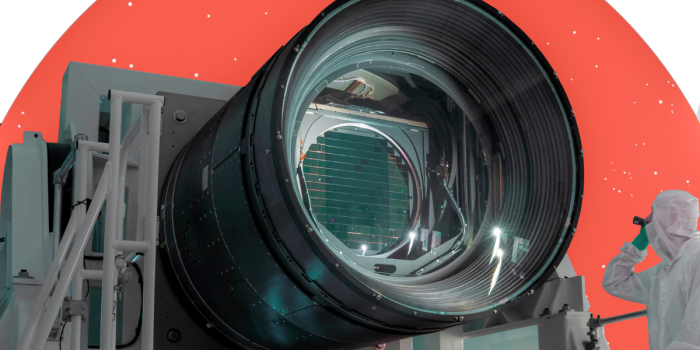Engineers at the SLAC National Accelerator Laboratory have achieved a remarkable feat, completing the construction of the largest astronomical camera ever built. This groundbreaking camera, known as the LSST Camera, is a critical component of the Rubin Observatory and is set to revolutionize our understanding of the universe.
One of the key features of the LSST Camera is its custom CCD sensors, with a total of 201 sensors inside. These sensors are designed to be incredibly sensitive, allowing them to collect much more light than traditional cameras. The camera’s focal plane is perfectly flat, ensuring that the images it captures are sharp and in focus. In fact, the CCD array varies by no more than one-tenth the width of a human hair, guaranteeing unparalleled image quality.

At an impressive 3.2 gigapixels, the Rubin Observatory will be able to capture images with incredible detail, revealing objects on the other side of the universe in unprecedented clarity. To put this into perspective, it would take several hundred HDTVs to display just one image from the Rubin Observatory at native resolution. The camera’s capabilities are truly astounding—it could, for instance, see the dimples on a golf ball from a staggering 15 miles away, all while capturing a frame seven times wider than the full Moon.
The LSST Camera will play a central role in the Department of Energy’s Cosmic Frontier Program, which aims to expand our understanding of fundamental physics by exploring the furthest reaches of the universe. According to program manager Kathy Turner, the LSST Camera will enable researchers to delve deeper into the cosmos than ever before, helping to answer some of the most pressing questions in physics today.

Furthermore, the Rubin Observatory’s ability to rapidly image the sky will make it invaluable for spotting transient phenomena such as supernovas and asteroids. Additionally, the observatory’s long-term mapping mission could provide valuable insights into the mysteries of dark matter and dark energy, which constitute the vast majority of the universe’s mass.
In conclusion, the completion of the LSST Camera marks a significant milestone in our exploration of the universe. Its unprecedented capabilities promise to revolutionize our understanding of the cosmos and unlock new insights into the nature of matter and energy.


